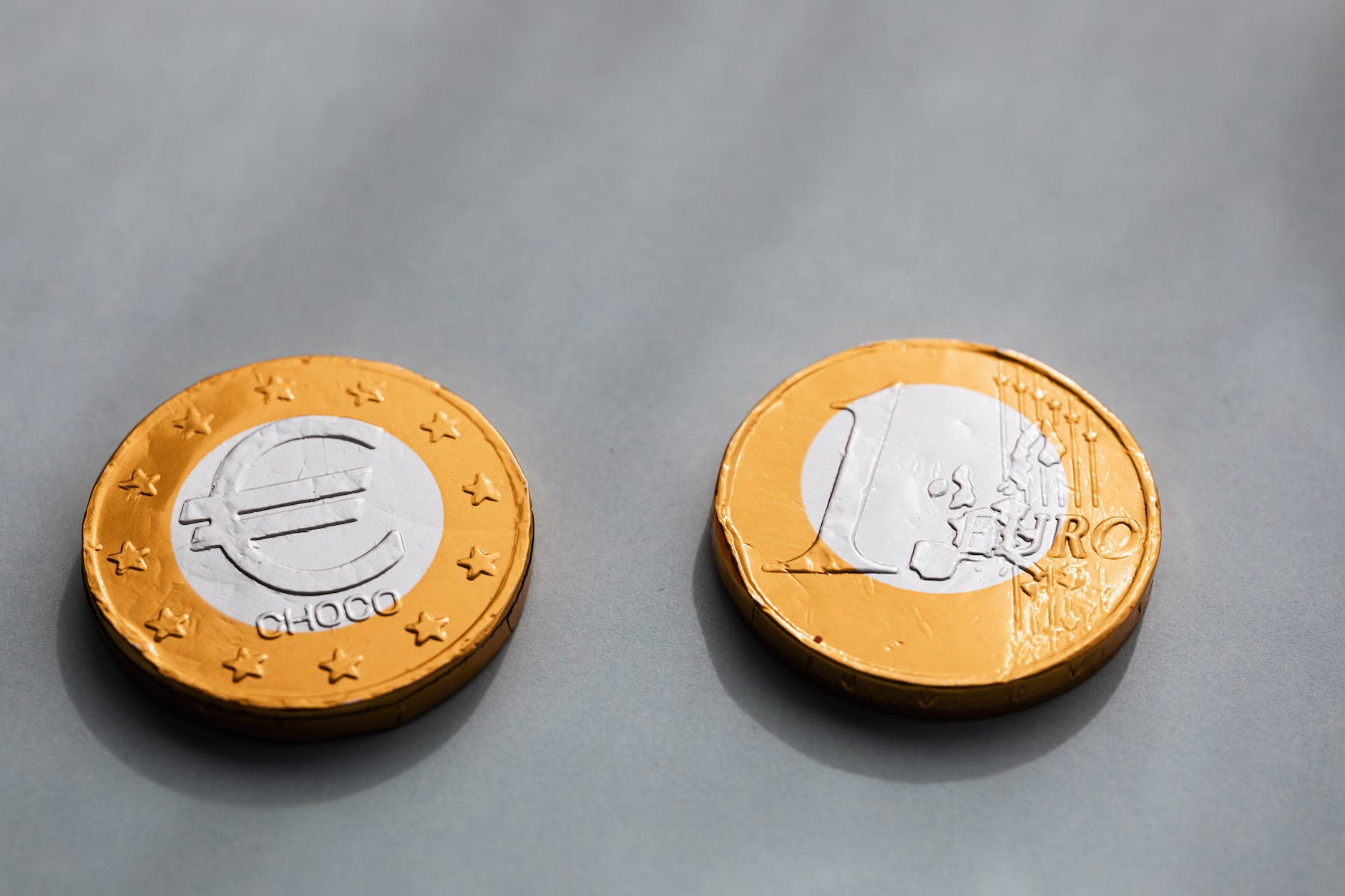
Coin
One of the most critical elements of numismatics (the collection or study of currency) is coin grading. This is where an expert assesses the condition of a coin, which usually helps determine its value and demand. It is an essential part of the collectible and historical coin market as it helps dealers, collectors, and other interested parties distinguish between coins, particularly those that are older and/or rare.
Historically, coin grades were often quite subjective, as assessments and appraisals could vary widely from one dealer or collector to another. This led to inconsistencies in pricing, as well as disagreements about the actual value and condition of numerous coins.
To resolve this issue, a standardized numerical grading scale was introduced. In today’s article, we will take a further look at this grading method, along with other grading factors that should be considered.
The Sheldon Scale
The Sheldon Scale was originally developed for large cents. However, it would soon expand to include all coins and denominations, becoming the standard coin grading system in the United States. Scores range from 1 to 70, with 70 being “Perfect” condition and 1 being “Poor” condition. Here is a quick rundown of the general descriptions of coins on the grading scale:
- 1 to 3: coins are typically so worn that only the type of coin can be identified
- 4 to 6: coins are discernible but heavily worn
- 8 to 12: coins show heavy wear, but more details are present
- 15 to 20: considered “Fine.”
- 25 to 35: considered “Very Fine,” showing light wear on the high points
- 40 to 50: considered “Extremely Fine,” w/ slight wear noticeable at the highest points
- 53 to 58: considered “About Uncirculated” condition, exhibiting only the slightest wear
- 60 to 70: considered “Mint State” or “Uncirculated,” with no evidence of wear
3rd Party Grading
It should be noted, however, that there is much more to coin grades than just applying a numerical assignment. Third-party grading services offer expert and unbiased assessments of all kinds of coins. They provide an in-depth analysis while also encapsulating graded coins in protective holders, preserving their condition and authenticity.
Additionally, things such as the overall quality of the minting process (strike), the natural discoloration that tends to happen over time (toning), as well as the sheen or reflectivity of the surface (luster) must also be considered when grading. These are the factors that affect the aesthetic value or “eye appeal” of the coin.
Receiving Reliable Coin Grades for Your Collection
Grading coins is a specialized and nuanced process that plays a crucial role in establishing the collectability, value, and price of a coin. By using the standard Sheldon Scale system, along with having the assessment verified through a third-party service (if/when you feel it is necessary), you will have a concrete idea of what any given coin’s authenticity, overall condition, and general desirability is. This information is essential to making the right choices about which coins to purchase, sell, or trade.






